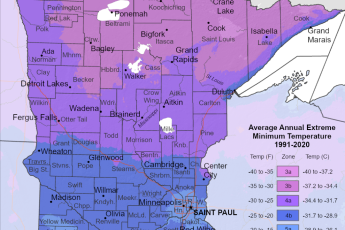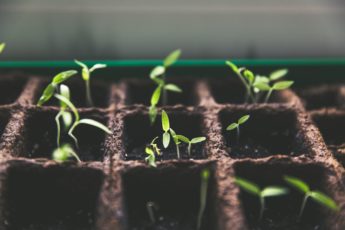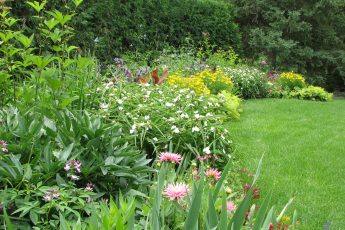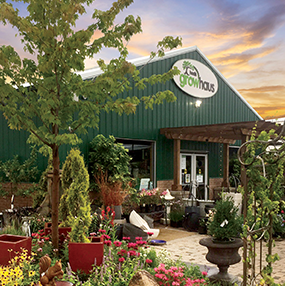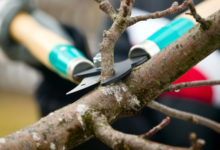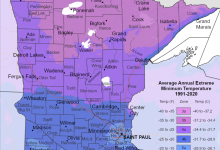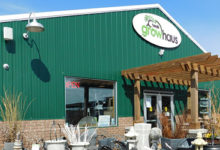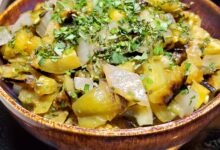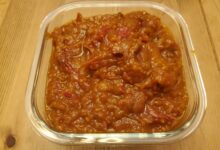Fall Gardening
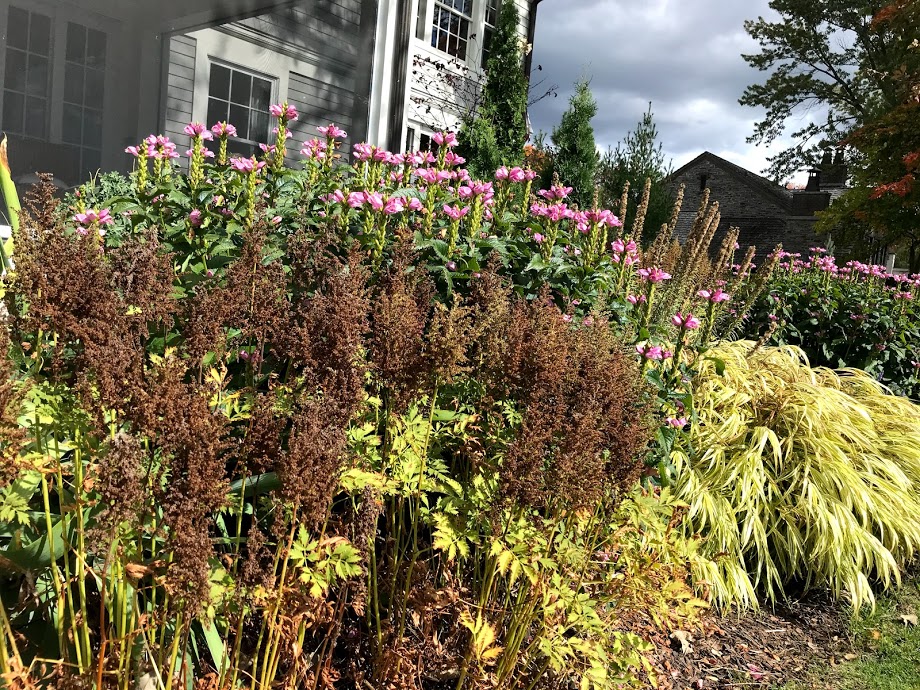
There is much beauty to a fall garden, watching the flowers fade and the foliage transition from green to hues of brown, yellow and red. Fall’s cooler days rejuvenate us to get back outside and get to fall gardening. There is indeed much to do in the garden this time of year but, not what most gardeners consider fall gardening. Before setting out with pruners and rakes in hand, read on to better understand what should be done in the garden this time of year and what should not.
Fall Gardening – Not so Much
Two primary tasks many gardeners ritually follow every fall are to rake up their fallen leaves and cut back their perennials. Bags of lawn debris for pickup begin to line neighborhood streets and we feel accomplished for having “cleaned” our landscape thoroughly. The reward to all this cleanup however is purely aesthetic, there is no benefit to our landscape. In fact, the pursuit of a perfect, clean landscape takes more from it than it provides to it.
Provide, don’t Perfect
Rather than raking up all your leaves and transporting them to a composting site, use them to feed your landscape. Leaves make an excellent, free mulch that can be used in garden beds. Leaf mulch insulates your plants over the winter, helps to retain moisture and adds nutrients to the soil as the leaves decompose. In addition to benefiting plants, many beneficial insects overwinter in leaf debris. To keep leaves in place, use a hose to soak them down after adding into your garden bed(s). If the look of leaves in your landscape just won’t work, add a light layer of wood mulch over the top of the leaf mulch. You may also choose not to rake at all, mulch leaves into your lawn using a mulching mower.
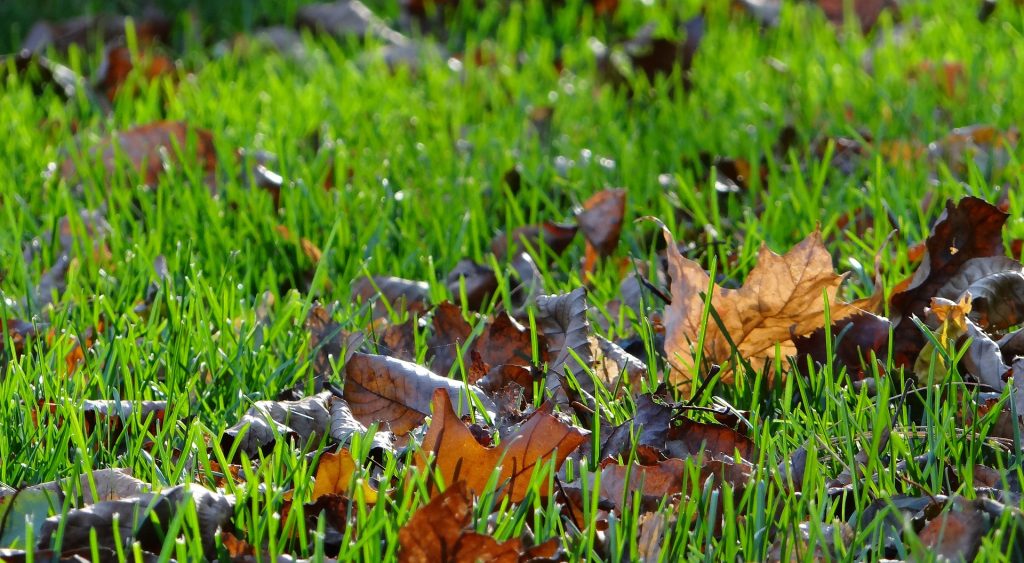
Let it Stand
Contrary to popular belief cutting back perennials in the fall is unnecessary unless foliage is diseased or susceptible to fungus. In some cases, cutting perennials back in the fall will actually do more harm than good. Perennials such as Heuchera and Brunnera actually require a “foliage blanket” to protect their high crowns in winter. See our guide on fall garden clean-up for a complete list of plants to trim or leave standing. Leaving perennials standing also provides habitat for beneficial insects, many bees and butterflies overwinter or lay eggs in hollowed out plant stems. For the sake of aesthetics and the birds, ornamental grasses and perennials with sturdy seed pods such as Echinacea and Miscanthus spp. provide winter interest for you, and essential food and habitat for birds.
Fall Gardening – Very Much
Now that you know what fall gardening is not, let’s talk about what fall gardening is. There is plenty to do in the fall to keep our landscapes healthy. We want to give our landscape the best care going into winter to awaken with vigor and reward us come next spring.
- Fertilize – Fertilization in the fall is very important to feed our landscape as it is preparing for winter.
- Plant – Fall gardening is forward thinking gardening and an excellent time to plant!
Planting spring blooming bulbs in fall will provide much needed color come early spring.
Fall is also a great time to plant perennials and to seed a bee lawn. - Divide – If your garden is looking a little overgrown, fall is the time to divide those spring blooming perennials.
- Water – Thorough hydration is essential for plants’ winter survival. Any newly planted trees, shrubs or perennials should be consistently watered until the ground freezes. Evergreens with broad leaves such as boxwoods and arborvitaes are more susceptible to drying out in winter and highly benefit from a fall soak.
Below is a collection of blogs providing more information on fall gardening.
The work you put into your landscape in the fall will reward you the following spring. You will have a healthier landscape, leave a smaller carbon footprint and have less garden clean up in the spring. Now with your pruners and rakes in hand, get outside and play in the garden!


